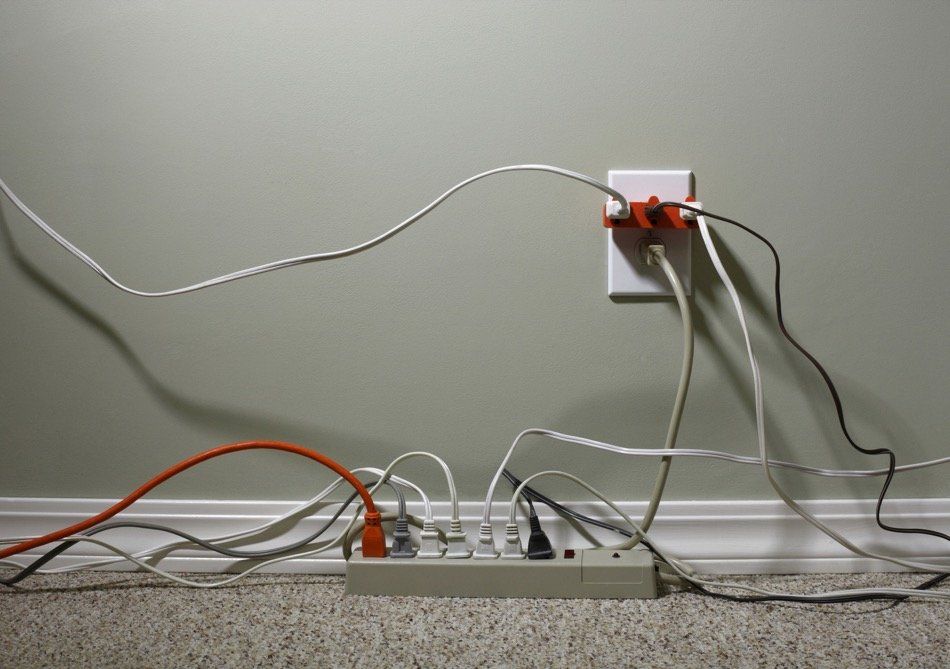Common Safety Hazards Around the Home
Posted by Justin Havre on Friday, March 8th, 2019 at 9:56am.
 Most individuals feel safest at home, especially if it's a newly purchased or newly constructed home. But there are some common home hazards that homeowners should be on the lookout for. Here are five of the most typical dangers around the house to be aware of.
Most individuals feel safest at home, especially if it's a newly purchased or newly constructed home. But there are some common home hazards that homeowners should be on the lookout for. Here are five of the most typical dangers around the house to be aware of.
1. Fire Hazards
Overloaded electrical outlets, frayed wiring, unextinguished candles or cigarettes or an unexpected grease fire can cause a disaster in the blink of an eye. Be sure to have properly placed smoke detectors throughout the home, and test them monthly. Keep working fire extinguishers in fire-prone areas and be sure to never leave cigarettes or candles unattended.
2. Carbon Monoxide
Carbon monoxide is often referred to as a ‘silent killer,' because it is an odourless, invisible gas that can lead to serious health problems and even death. Some common sources of carbon monoxide in homes are:
- Unvented kerosene and gas space heaters
- Leaking chimneys and furnaces
- Back-draft from furnaces
- Gas water heaters
- Wood or gas stoves and fireplaces
- Automobile exhaust from attached garages
Carbon monoxide detectors are highly affordable and easy to install. Many smoke detectors today are also equipped with carbon monoxide detection features.
3. Falls in the Home
One-third of injuries annually involve falling, with a predominant percentage of those falls occurring within the home. Prevent indoor and outdoor falls by removing obvious trip hazards such as loose rugs, furnishings in pathways and immediately dry any dampness that occurs on floors—especially in kitchens, baths and laundry rooms.
4. Paint and Chemical Hazards
While lead-based paints are generally only a potential hazard in older homes, paints with volatile organic compounds (VOCs) have the potential to cause certain health conditions. Choose paints with low-VOC for interior use, especially if there are young children, seniors, or occupants with respiratory conditions in the home.
5. Mould and Mildew
Moisture-prone areas with limited ventilation are ideal breeding grounds for mildew and mould. These two invaders often make their presence known through a damp, musty smell and/or green or blackish growths on ceilings and walls. Mould and mildew should be resolved immediately to prevent health hazards such as lung infection, sinus congestion, eye irritation, allergy exacerbation and/or chronic respiratory issues. Jumping Pound Ridge homeowners can help prevent these issues through regular inspections within moist environments and by utilizing dehumidifiers or ventilation systems.
If you have concerns about any of the common home hazards, don't hesitate to contact a local home improvement professional who can help determine if any of these issue are present and assist with appropriate remedies.
